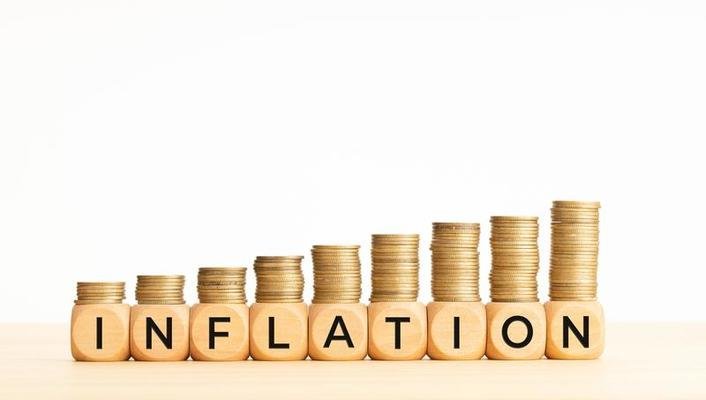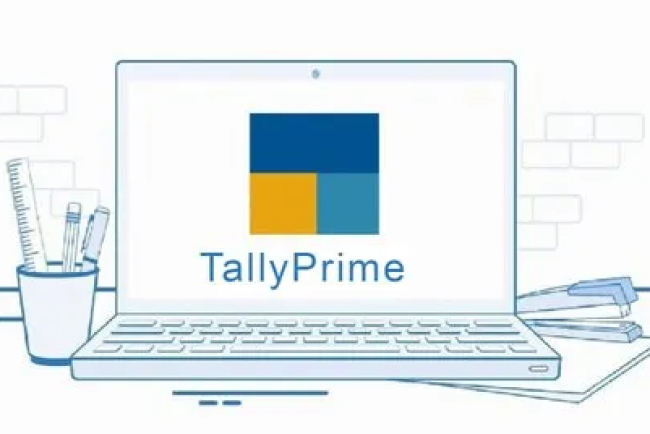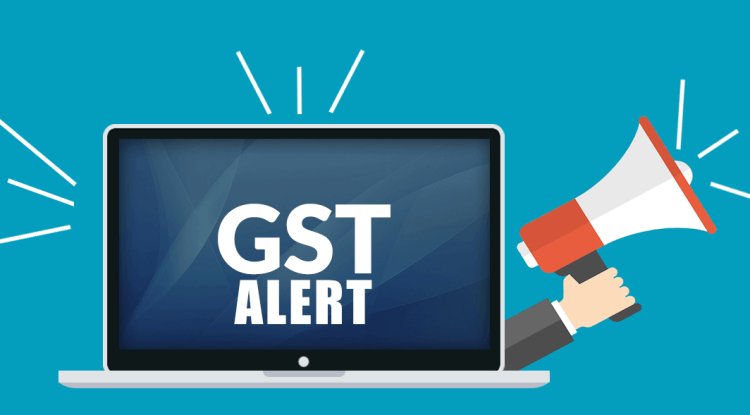Inflation Rate in India 2025
The inflation rate in India in 2025 is averaging between 5.1% and 5.4%, slightly above the RBI’s target of 4%, mainly driven by volatile food prices, rising fuel costs, and currency depreciation. While lower than 2022’s peak, inflation still affects household budgets, business profits, investments, and government borrowing. In response, the RBI has maintained a 6.5% repo rate, and the government has implemented fiscal measures like food subsidies and fuel tax cuts. Amid these challenges, accounting and finance skills—especially in SAP FICO, taxation, and corporate accounting—are in high demand, making 2025 an ideal time to enroll in top accounting courses for better career security and growth.

As we move through the halfway mark of 2025, the inflation rate in India 2025 remains a crucial concern for policymakers, economists, businesses, and the general public. After navigating years of global uncertainty—from the COVID-19 pandemic to the Russia-Ukraine conflict and fluctuating oil prices—India’s economy has shown remarkable resilience. Yet, inflation continues to act as a double-edged sword, affecting purchasing power, living costs, and fiscal planning.
What is Inflation and Why It Matters
Inflation refers to the rise in the general prices of goods and services over time, reducing the purchasing power of money. It is commonly measured using the Consumer Price Index (CPI) and the Wholesale Price Index (WPI).
While moderate inflation signals healthy economic growth, excessive inflation can:
-
Erode savings
-
Destabilize markets
-
Influence interest rates, wages, and investment
That’s why understanding the inflation rate in India 2025 is essential for budgeting, financial planning, and economic forecasting.
Current Inflation Rate in India 2025
According to data from the Reserve Bank of India (RBI) and the Ministry of Statistics and Programme Implementation (MoSPI), the average inflation rate in India for the first half of 2025 ranges between 5.1% and 5.4%.
This is above the RBI’s target of 4% (±2%), signaling mild inflationary pressures driven by multiple factors:
-
Food prices: Driven by volatile monsoon impacts on vegetable and cereal supply
-
Fuel and energy: Due to rising crude oil prices
-
Core inflation: Led by increasing costs in education, healthcare, and housing
Historical Comparison: How Does 2025 Stack Up?
| Year | Average CPI Inflation Rate |
|---|---|
| 2021 | 5.1% |
| 2022 | 6.7% |
| 2023 | 5.3% |
| 2024 | 4.9% |
| 2025 (Est.) | 5.2% |
While 2025’s inflation remains above the mid-target, it is lower than the highs of 2022, thanks to:
-
Proactive RBI policies
-
Better supply chain systems
-
Fiscal discipline
Factors Driving Inflation in India 2025
1. Global Oil Prices
India heavily depends on oil imports. OPEC production cuts and continued geopolitical instability have raised transportation and manufacturing costs.
2. Monsoons and Agriculture
Erratic monsoons have disrupted crop production, especially in agrarian states, pushing up food prices.
3. Wage Growth & Consumption
Rising middle-class spending and IT sector salaries have caused a spike in demand-pull inflation.
4. Currency Depreciation
The rupee’s weakening has made imports costlier, particularly in sectors like electronics and machinery.
Government and RBI Response to Inflation in 2025
Monetary Measures
The RBI has maintained the repo rate at 6.5%, striking a balance between inflation control and economic growth.
Fiscal Measures
The government has:
-
Expanded food subsidies
-
Imposed agri-export restrictions
-
Reduced fuel taxes for relief
These efforts aim to stabilize consumer prices and reduce inflationary pressure.
Impact of Inflation on the Indian Economy
1. Household Budgets
Rising prices in essentials have squeezed the middle class, reducing disposable income.
2. Corporate Sector
Companies in FMCG, infrastructure, and manufacturing are facing higher input costs, passing the burden to consumers.
3. Investment & Savings
Inflation lowers real returns on savings. Investors are now shifting toward:
-
Equities
-
Real estate
-
Gold and inflation-indexed instruments
4. Fiscal Deficit
Higher inflation drives up interest payments on government borrowing, affecting fiscal health.
Why Accounting and Finance Courses Are Crucial in 2025
With inflation impacting every financial decision, there's a huge demand for skilled finance professionals. Now is the best time to upskill with industry-relevant training such as:
✅ SAP FICO (Finance & Controlling)
Master financial management and internal controls with this ERP module, used by top MNCs.
✅ Certified Corporate Accounting
Get practical knowledge of accounts management, audits, and company law.
✅ Taxation (Income Tax & GST)
Learn the regulations and compliance that help businesses navigate inflation and tax challenges.
You can choose from the best accounting courses in India, the best online accounting classes, or even free online accounting courses. These programs cover:
-
Financial Accounting
-
ERP Software (like SAP)
-
Taxation and Compliance
Start your journey with top accounting certificate programs and become a recession-proof professional.
Conclusion: A Balancing Act Ahead
The inflation rate in India in 2025 stands at a critical economic crossroads. While it remains above the RBI's target, it is under control compared to global standards.
India's policy mix—from interest rate management to subsidy programs—will determine how well the economy navigates the remaining year. For individuals and businesses alike, staying ahead means understanding inflation and equipping oneself with modern financial tools and knowledge.
If you're looking to build a secure and high-paying career, now is the perfect time to enroll in the best accounting certificate programs and stay ahead of inflation’s impact.
What's Your Reaction?














